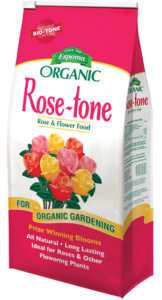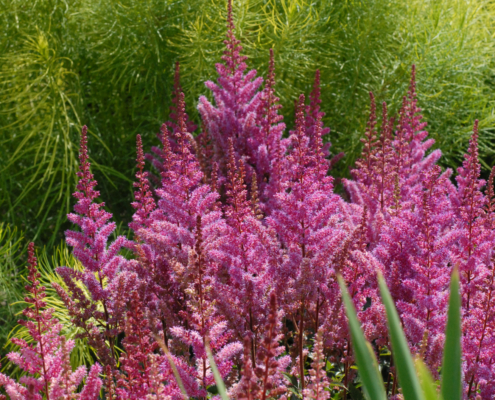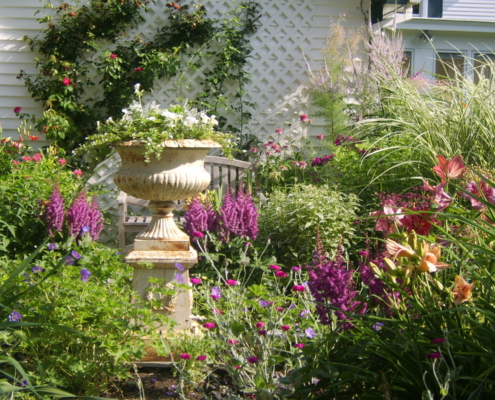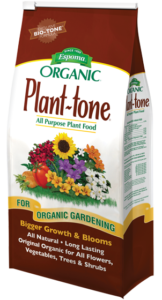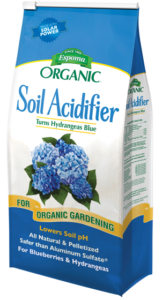No Fuss Roses – REALLY!
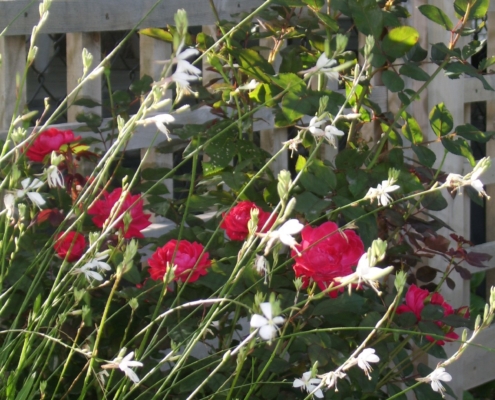
I used to consider growing roses a form of self-punishment. It was a tedious, never-ending job that more often than not, ended in disaster. Thankfully there are stunning roses now available that don’t need pampering. These game-changers require less water, fertilizer and pesticides – plus some are even ‘self-cleaning’ (no deadheading required). And if the thorns are a ‘thorn in your side’, there are thornless varieties.
As a garden writer and passionate gardener, I’ve trialed many roses. Praise-worthy contenders are held to high standards by this no-fuss gardener. Not surprisingly, I primarily evaluate roses grown on their own roots (not grafted) and hardy to at least Zone 5, if not colder.
Below are a few favorites:
‘At Last’ I was spellbound by this 30”-36”, fragrant, sunset orange rose with deep green, shiny leaves. And I wasn’t the only one. Last year the garden center where I work sold out of this winner by mid-summer!
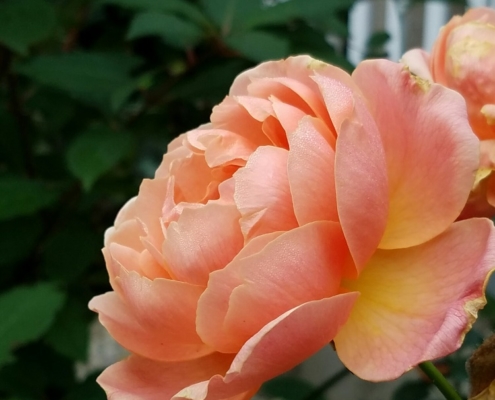
Knock Out Roses Knockout roses have become highly popular, given their superior performance requiring little input. There are many cultivars to choose from. My personal favorites are Double Knock Out (red), Pink Double Knock Out and Peachy Knock Out – one of 2018 winners of the American Rose Trials for Sustainability (A.R.T.S).
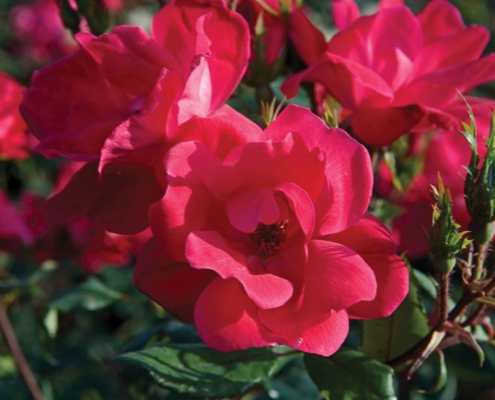
Earth-Kind Roses Roses earning the Earth-Kind award do well in a variety of soils plus they require minimum fertilizer, pesticides and water. These trials for sustainable roses began at the Texas AgriLife Extension Service but are now operational in 27 states. ‘Carefree Beauty’ is one of these exceptional performers. To discover others, click here.
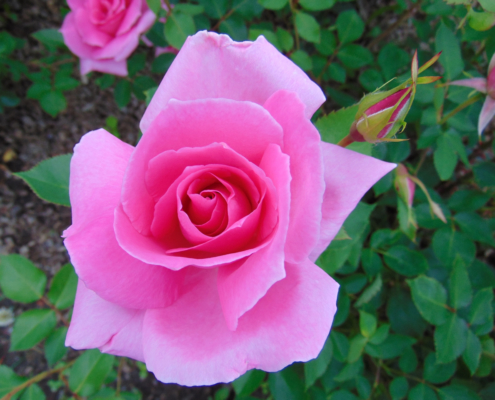
No matter how praiseworthy a rose is, if it is not sited in the right location, all bets are off. Roses like full sun (six or more hours, preferable mostly afternoon sun in hardiness zones 6 or colder). They also do best in well drained, organically enriched soil with a pH between 6.0 and 7.0. Treat roses to Rose-tone, a slow-release organic fertilizer in spring and then 6 weeks later to boost the bloomathon. Japanese beetles and rose sawfly (caterpillar-like larvae) can sometimes pester roses, even superstars mentioned above. Handpicking, as well as organic products containing Neem oil or Spinosad, will solve the problem. The time to prune shrub roses is in late winter or early spring. Prune back canes by 1/3 to half their height.
About the author: As an award-winning garden designer, author and lecturer, Kerry Ann Mendez focuses on time-saving gardening techniques, workhorse plants and sustainable practices. She has been on HGTV and in numerous magazines including Horticulture, Fine Gardening, Garden Gate and Better Homes & Gardens. Kerry Ann was awarded the 2014 Gold Medal from the Massachusetts Horticultural Society for her horticultural accomplishments. She has published four popular gardening books, her most recent being, The Budget-Wise Gardener (February 2018). In 2016 Kerry Ann introduced National Gardening Webinars that are attended by thousands. For more about Kerry Ann visit www.pyours.com
